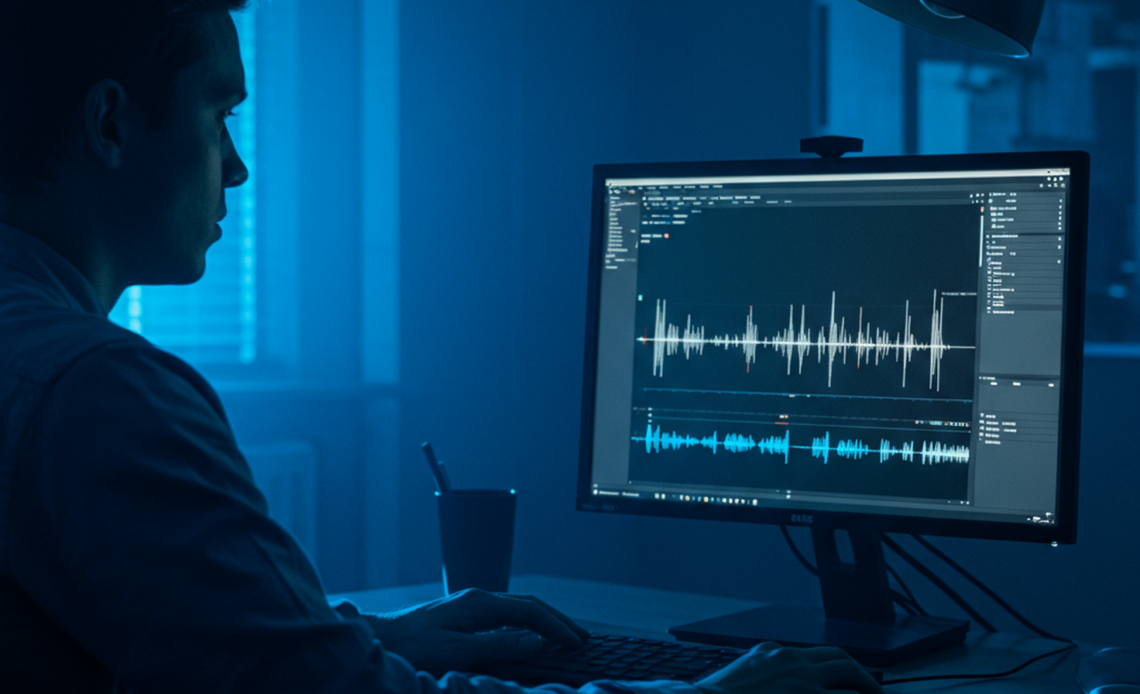
Why Audio Annotation Matters?
Audio annotation is crucial for teaching machines to understand the world as we do. Think of it as adding labels to raw data. Just like we label images with names of objects, we annotate audio to identify speakers, emotions, events, and more. This labeled data then becomes the training material for machine learning models, enabling them to recognize patterns, make predictions, and ultimately, power a wide range of applications.
The Role of Annotation in Data Analysis:
Data analysis techniques are greatly enhanced by annotation. By adding layers of information to raw data, we provide context and meaning that algorithms can understand. Imagine trying to analyze hours of customer service calls without any indication of sentiment or topic – a daunting task! Annotation makes this process manageable and insightful.
Benefits of Enhanced Data Analysis:
The benefits of enhanced data analysis are numerous. Businesses can leverage annotated data to improve customer service, personalize recommendations, and even automate tasks. For example, imagine a company using audio annotation software to analyze customer calls, identifying pain points and areas for improvement. This level of insight, powered by annotation, can lead to better products, happier customers, and a stronger bottom line.
Ready to dive into the specifics of audio annotation?
Understanding Audio Annotation:
Audio annotation is like adding subtitles to sounds. It’s the process of labeling audio data to make it understandable for machines. Think of it as teaching a computer to recognize different sounds, just like you learned to distinguish between a bird song and a car horn.
Revolutionizing Sound with Audio Annotation:
This technology is what powers many applications we use daily. From voice assistants like Siri and Alexa to music identification apps like Shazam, audio annotation is revolutionizing how we interact with sound.
Categorizing Sounds with Audio Data Annotation:
The process involves listening to audio clips and labeling them with specific tags. For example, an audio clip containing birdsong might be tagged as “birdsong,” “nature,” or “wildlife.” This labeled data is then used to train machine learning algorithms to identify and categorize similar sounds in the future.
Unlocking Possibilities with Audio Annotations:
Audio annotation unlocks a world of possibilities, from enhancing accessibility features for the hearing impaired to developing advanced security systems that can detect specific sounds.
Ready to see how this translates to the visual world?


